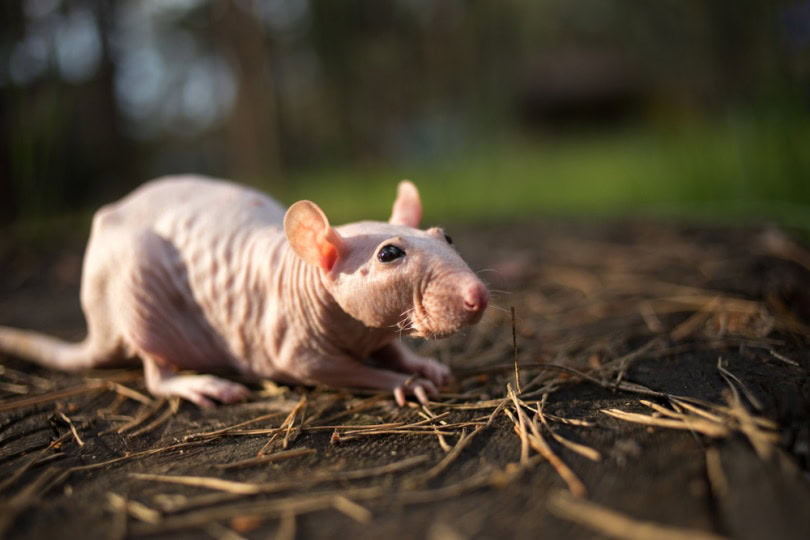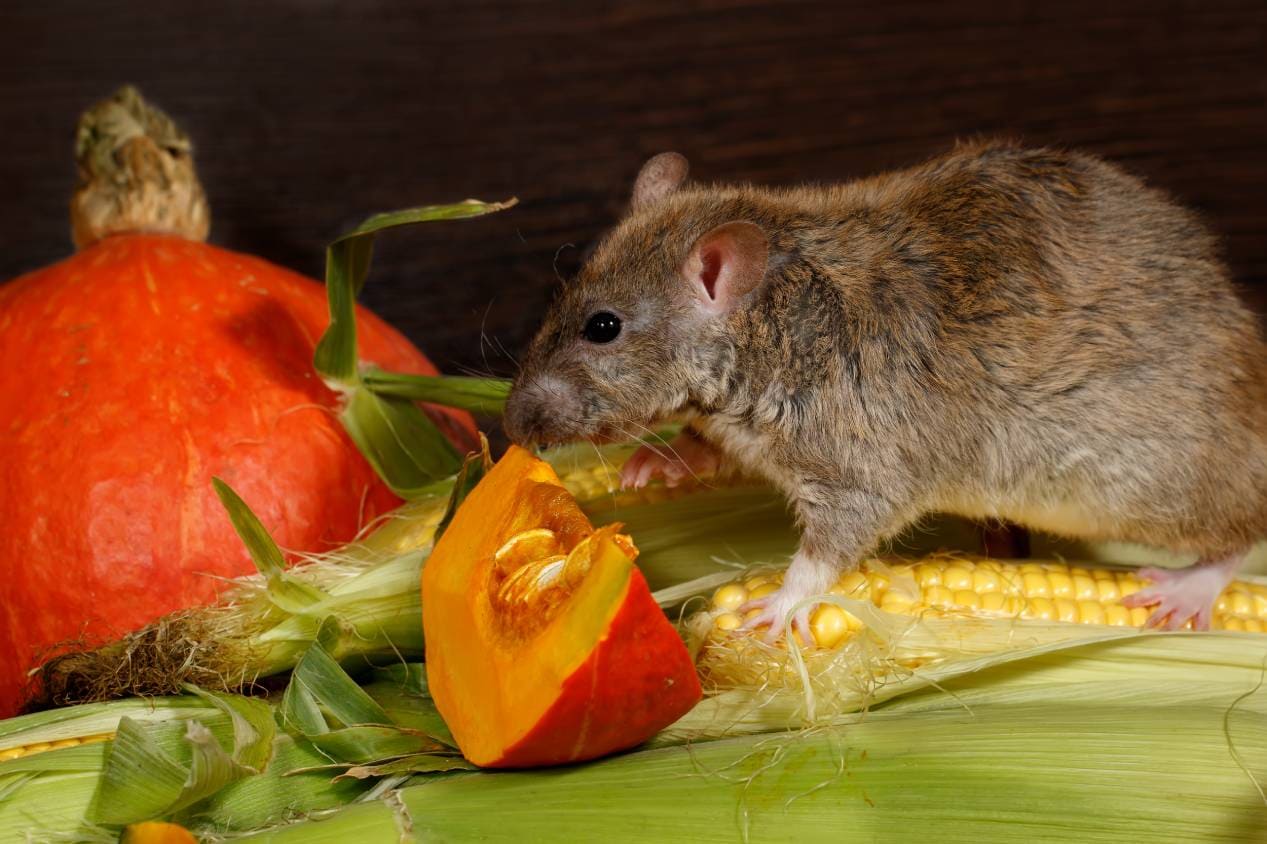VET APPROVED

The information is current and up-to-date in accordance with the latest veterinarian research.
Learn more »Click to Skip Ahead
If you are a first-time rat parent, you’re probably scrambling to find all the information you can. After all, having a pet that sleeps all winter long can be a game-changer. So, if you’ve wondered about your pet’s winter habits, you’ll be happy to know that rats don’t hibernate and remain active throughout the year.
But how about their behavior? When seasons change, do they require different accommodations? The good thing is—in a cage, the answer is not really. Let’s dig deeper.

What Is Hibernating?
Hibernation is a process of physiological changes in an animal to protect its energy reservoirs. Since food is limited in the winter months, many herbivores and omnivores slow down their heart rate and drop their body temperature, falling into a coma-like state.
Unlike sleeping, hibernating animals still have some conscious awareness of their surroundings. They simply change their body systems to accommodate the bitter cold winter when nourishment is scarce.

Rats & Winter
Rats are omnivorous creatures that eat just about anything—living or dead. In a home setting, diets are a little different from those of their wild cousins. Because they don’t have to stuff away a whole reserve for survival reasons, their behavior doesn’t change much in the wintertime.
In terms of environmental temperature, rats are very sensitive to heat and cold and have a limited ability to regulate their body temperature. Their ideal range is 64°F to 79°F (18°C to 26°C) with 30% to 70% humidity.
Domesticated Rats
Domesticated rats never feel the change in seasons like wild rats. They were born and raised in a home setting, quite different from their ancestors. Pet rats are spoiled, docile, and incredibly smart. But because they don’t need the same survival instincts, they don’t act the same way.
Hoarding
Rats are natural hoarders. If you have a pet rat, you know how adorable it is when they snatch food and run away to stash it. If you have more than one rat (which is ideal), they can be a little stingy with their food supply.
By nature, rats still have the drive to hide food in piles. They don’t necessarily eat all their food in one sitting. Rather, they take available food items and store them under pieces of material, in little huts or other hideaways.

Stealing Food
It isn’t uncommon to see pet rat roommates sneaking from their buddy’s pile to add to their own. Since they get a reasonable amount of food consistency, aggression isn’t a worry—although hormones can play a role in that.
Even though this is very common, you shouldn’t let them store food that can spoil. If it sits too long, it’s going to grow bacteria and can make your pet rat very sick.

Wild Rats
Wild rats live very differently from house rats. They form social groups and are highly social animals that enjoy the company of other rats. To survive during the winter, they rely on well-developed instincts. When cold months are approaching, like squirrels, rats start the process of collecting food.
Rats will often urinate on their food caches to mark them with their scent, which helps deter other rats or animals from stealing their stash. While wild rats may remain hidden more often and seek out warm, sheltered places like burrows, basements, or walls during freezing temperatures, they do not hibernate and remain active throughout the winter.
Winter Food Reserves
Rats spend a large portion of their wild days foraging and storing food. In late summer to autumn, rats start to get more active, busily gathering as much food as possible. The more food they have, the less they will have to travel out of their burrows to find food in the colder months.

Burrowing
Even though rats burrow in the winter, they don’t shut themselves off completely. They remain active through the winter months regardless of whether they’re hiding away or out exploring. However, they start finding suitable places to hide for the winter as they store their food.
Wild rats can live in natural shelters in the woods—or they can even live in your home without you knowing. All they are looking for is a safe, warm place to spend the season.

Fun Facts About Rats
Even though it might seem odd to own a rat, the truth is that these animals are quite remarkable. Here are some other interesting things you might not know about this commonly misunderstood rodent:
- Rats’ front teeth constantly grow throughout their lifetime: Rats have teeth in the front called incisors. Like many other rodents and rabbits, these teeth never stop growing. It’s very important to get your rats hard things to chew on, like wood blocks and other toys, to file down the teeth naturally.
- Rats are some of the smartest animals in the world: Believe it or not, rats rank high on the list of intelligent animals. These little creatures make the top ten alongside gigantic mammals like dolphins and elephants.
- A rat’s DNA is incredibly close to a human’s: There is a reason science relies so heavily on rat testing. It is because mice and rats share 97.5% of their DNA with humans. They are almost as closely related to humans as chimpanzees.
- Pet rats can learn lots of tricks: If you work with your rat regularly, you can teach them lots of exciting tricks. Rats can learn commands and cues to perform a circus worth of performance for your Friday night company.
- Some rats can sniff out bombs: Awesomely, some rats can even sniff out landmines. There was an employed rat named Magawa, who is now retired. In his career, he discovered over 100 abandoned explosives in five years.


Final Thoughts
So, we learned that even though rats don’t hibernate, they do take precautions to build up their food supply over the winter. While wild rats rely on instincts like food caching and burrowing to stay safe and nourished during the colder months, pet rats benefit from the comfort of a stable, warm environment and regular meals.
If you’re a new rat owner, rest assured that your furry companions will remain active year-round. They may stash treats and engage in playful food hoarding, but they won’t need any special adjustments beyond ensuring their enclosure stays clean, cozy, and at a comfortable temperature.
See also:
Featured Image Credit: Ezume Images, Shutterstock










